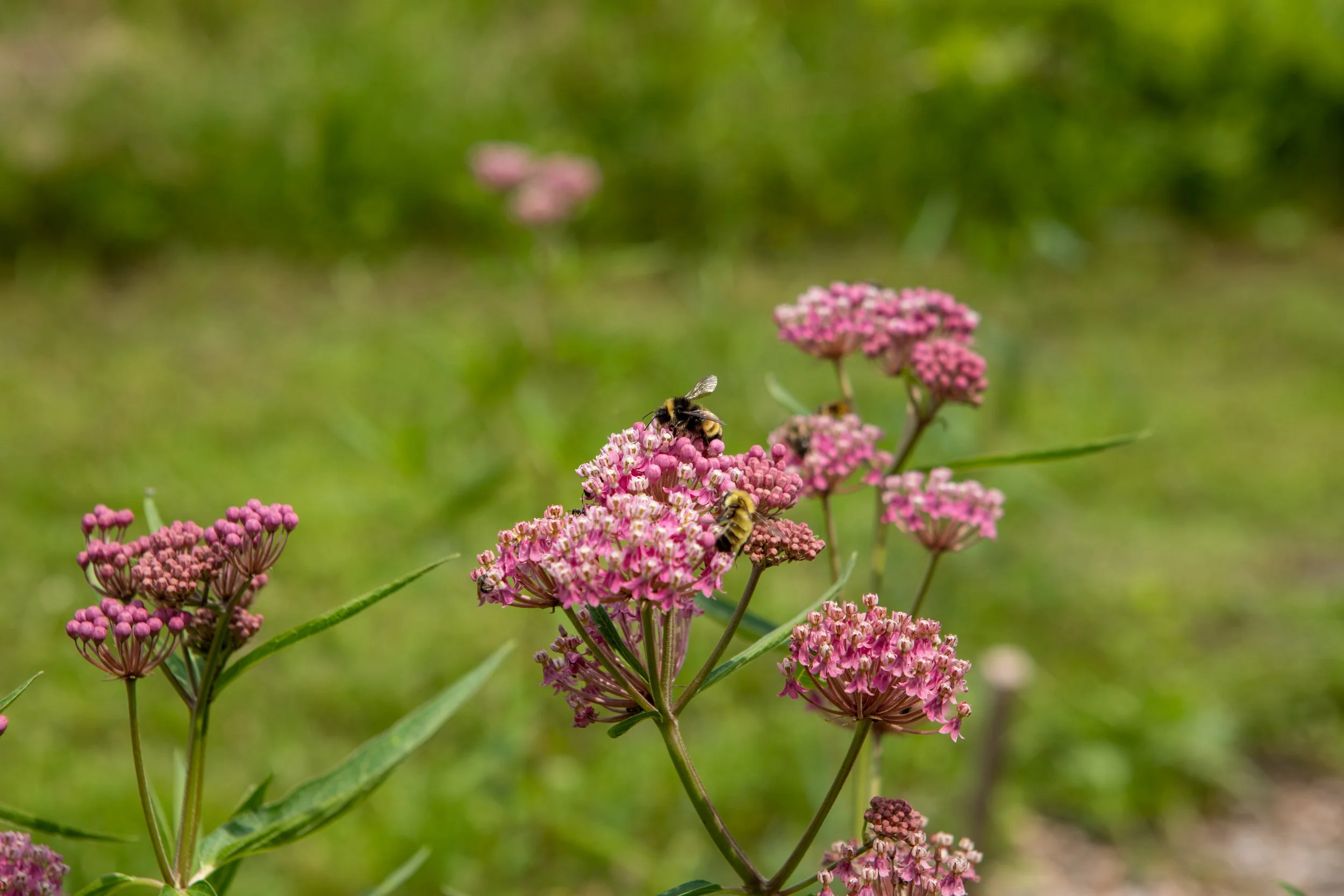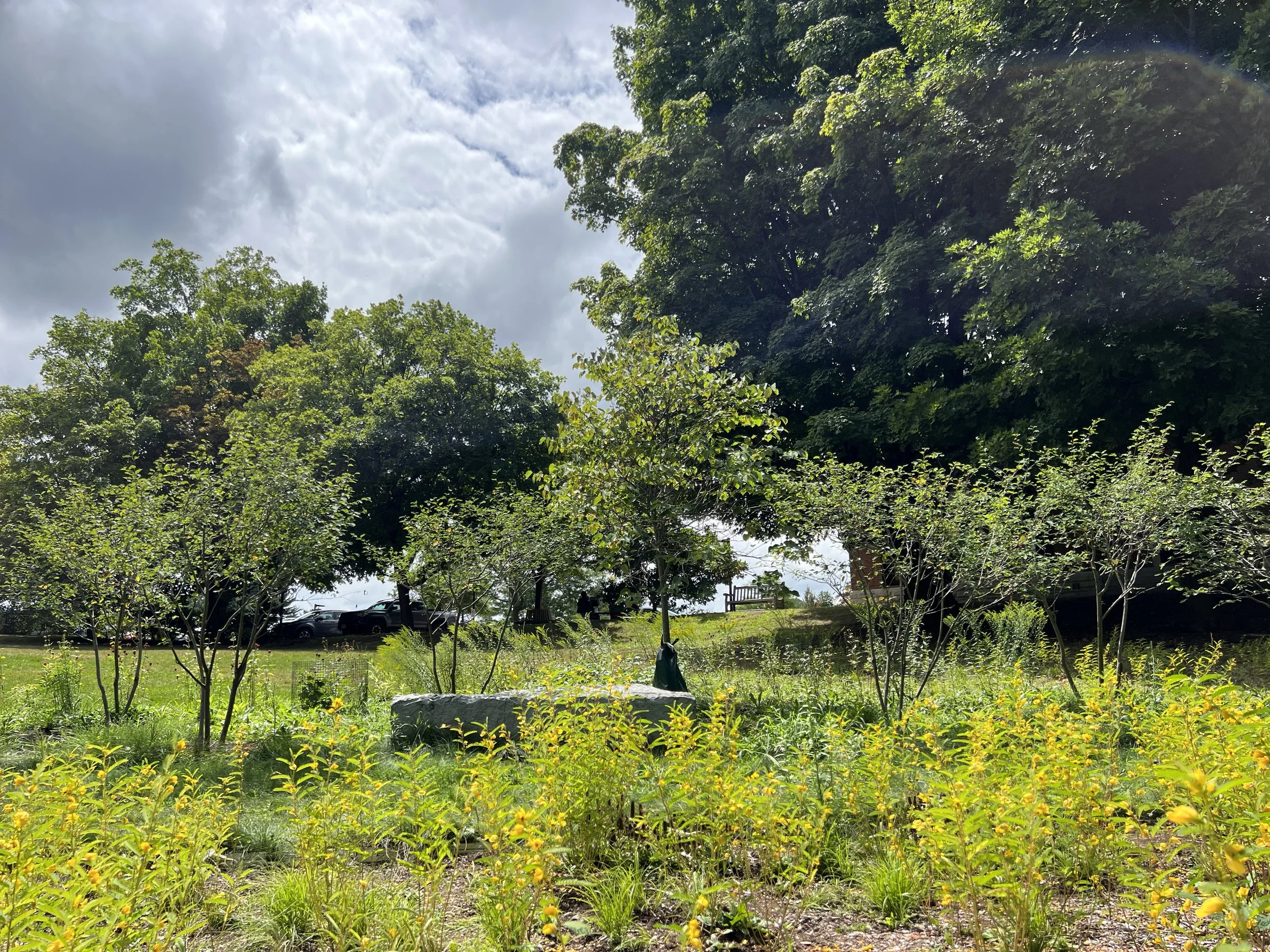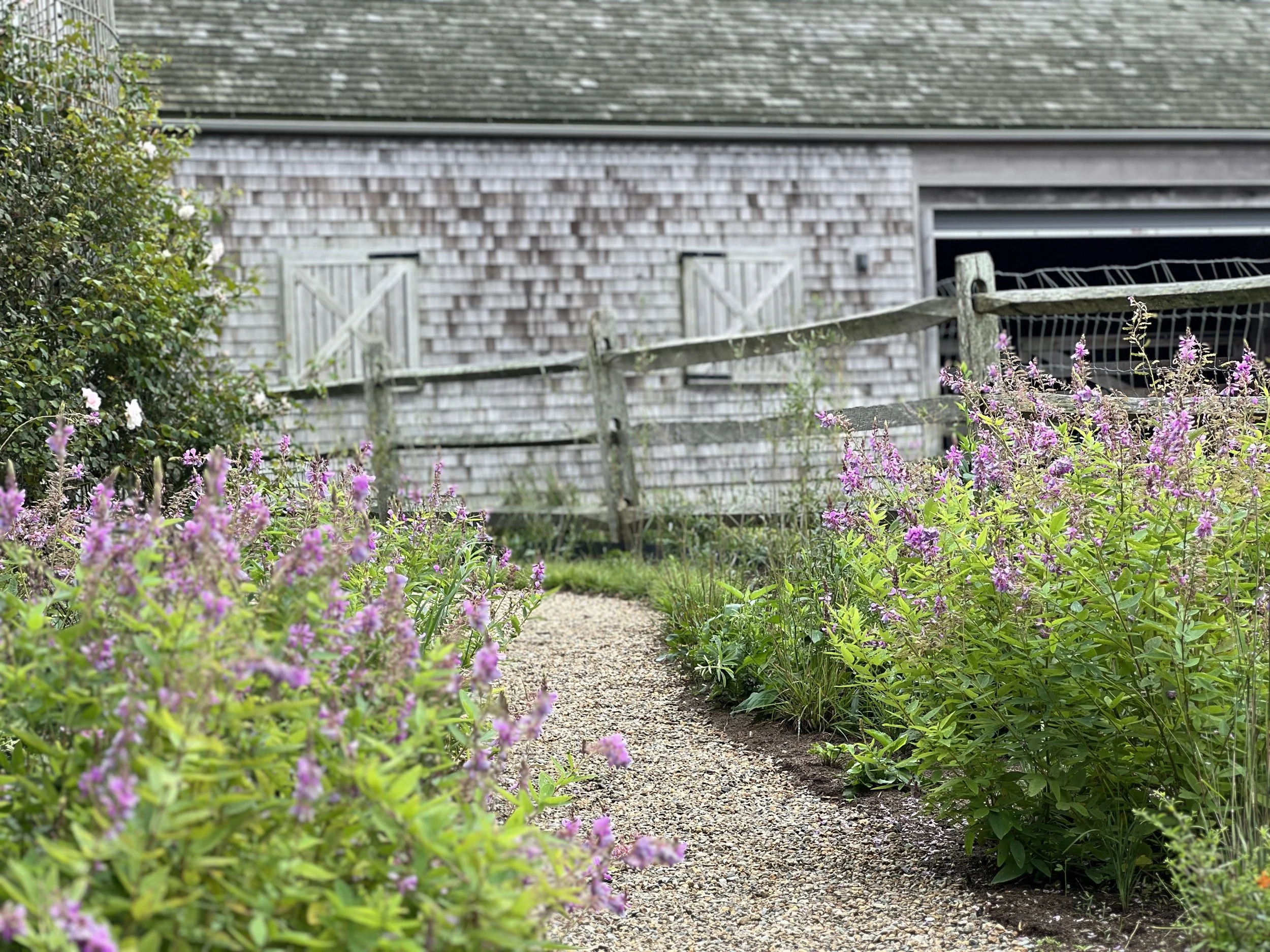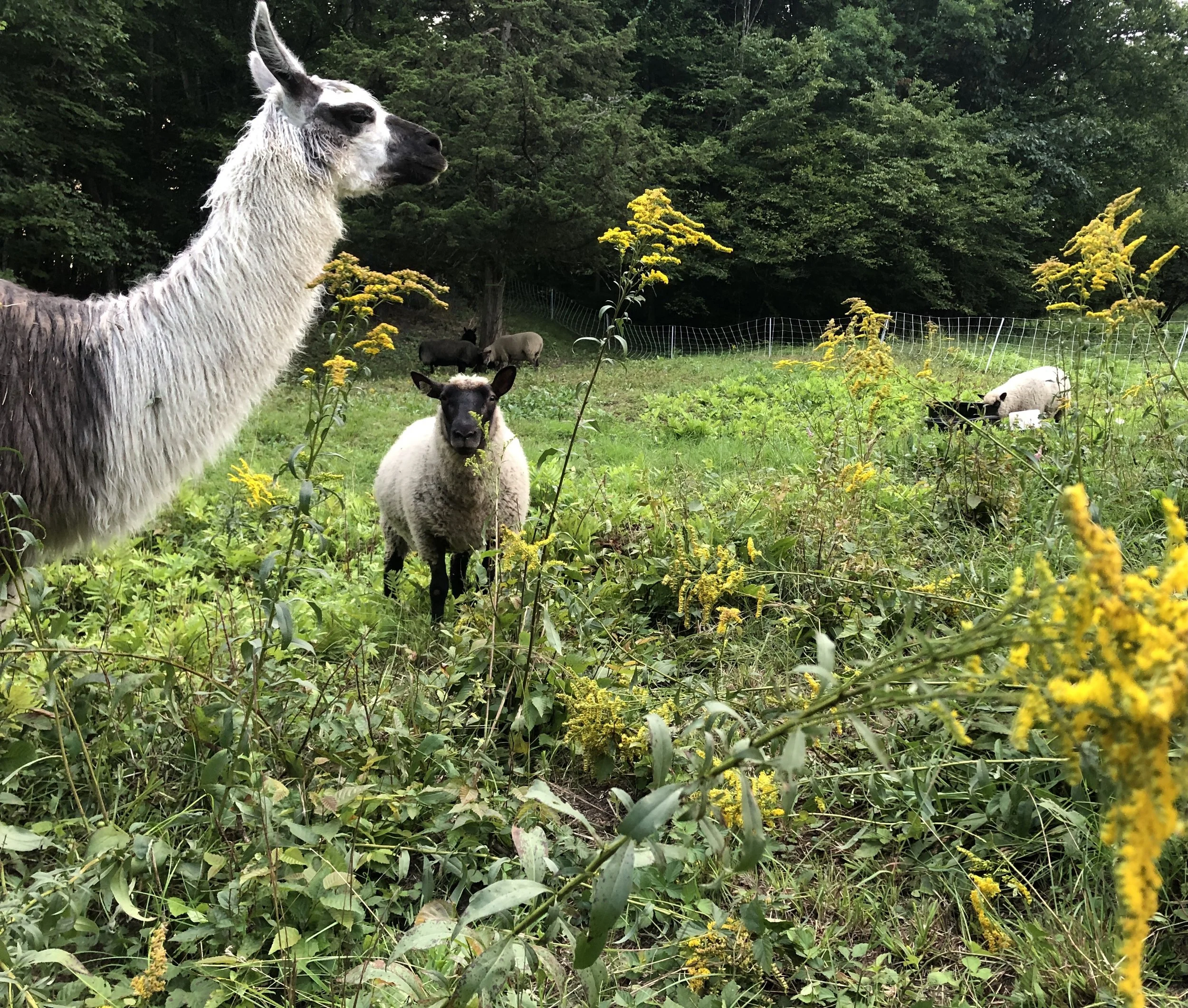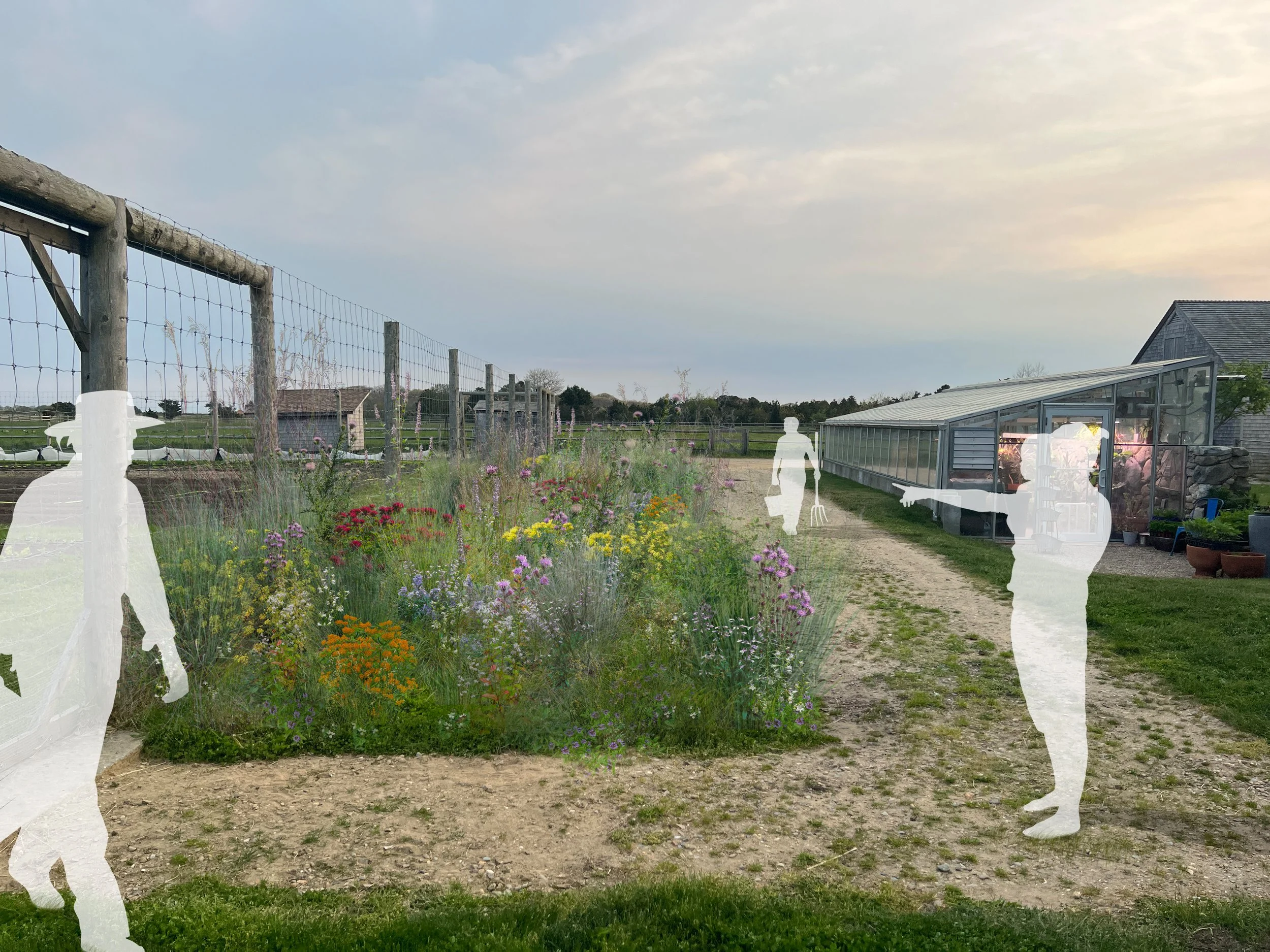Our process of transforming landscapes and regions into biodiversity hotspots is nuanced, aesthetic, intuitive and driven by science. Every project begins with a conversation and a site walk with the client, be they farmer, homeowner, municipal landowner, tribe, non-profit, community coalition, corporation or school.
Learn more about our projects, process and view examples of our work across disciplines with landscapes, ecosystems, species, communities and bioregions.
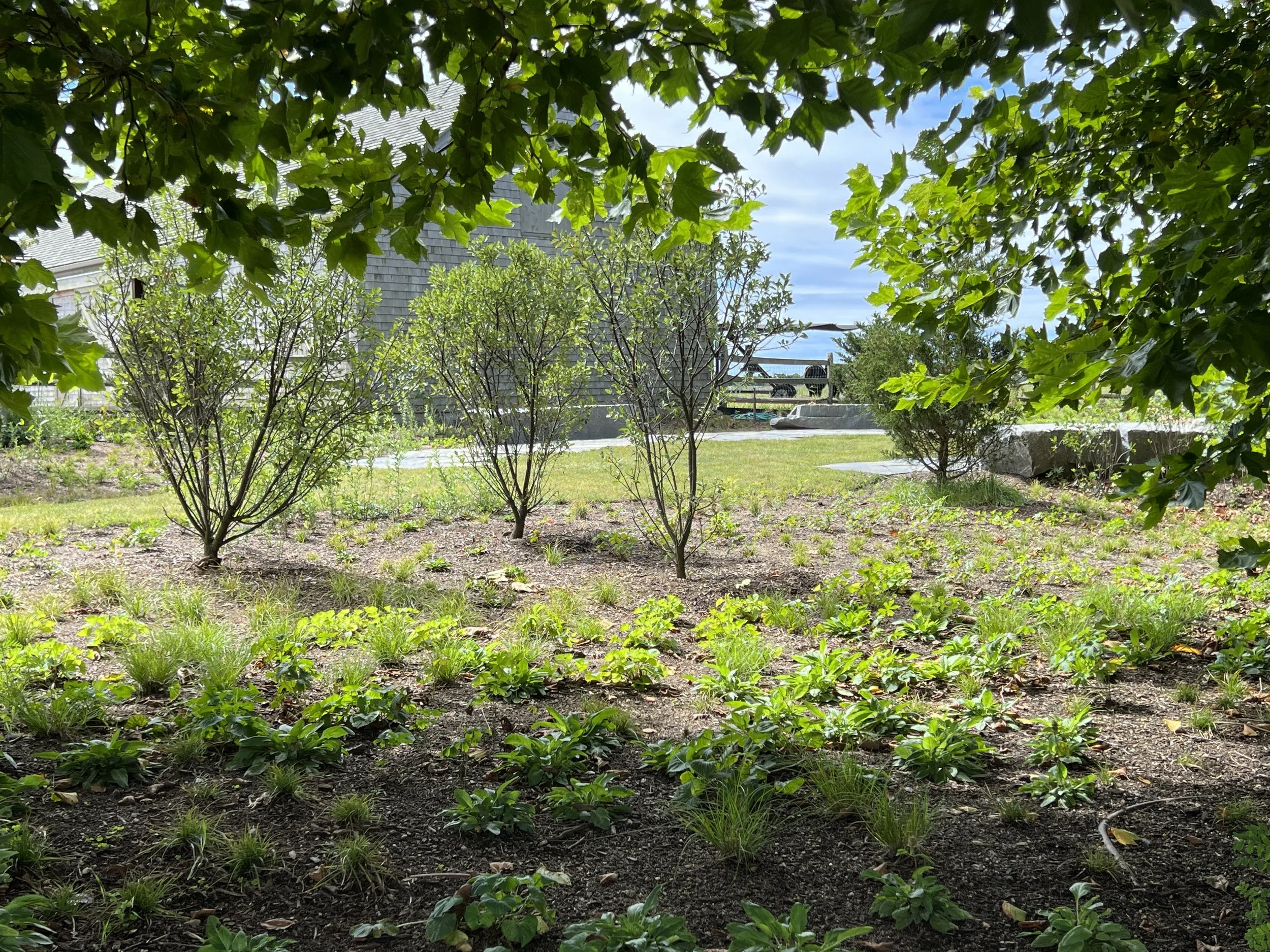
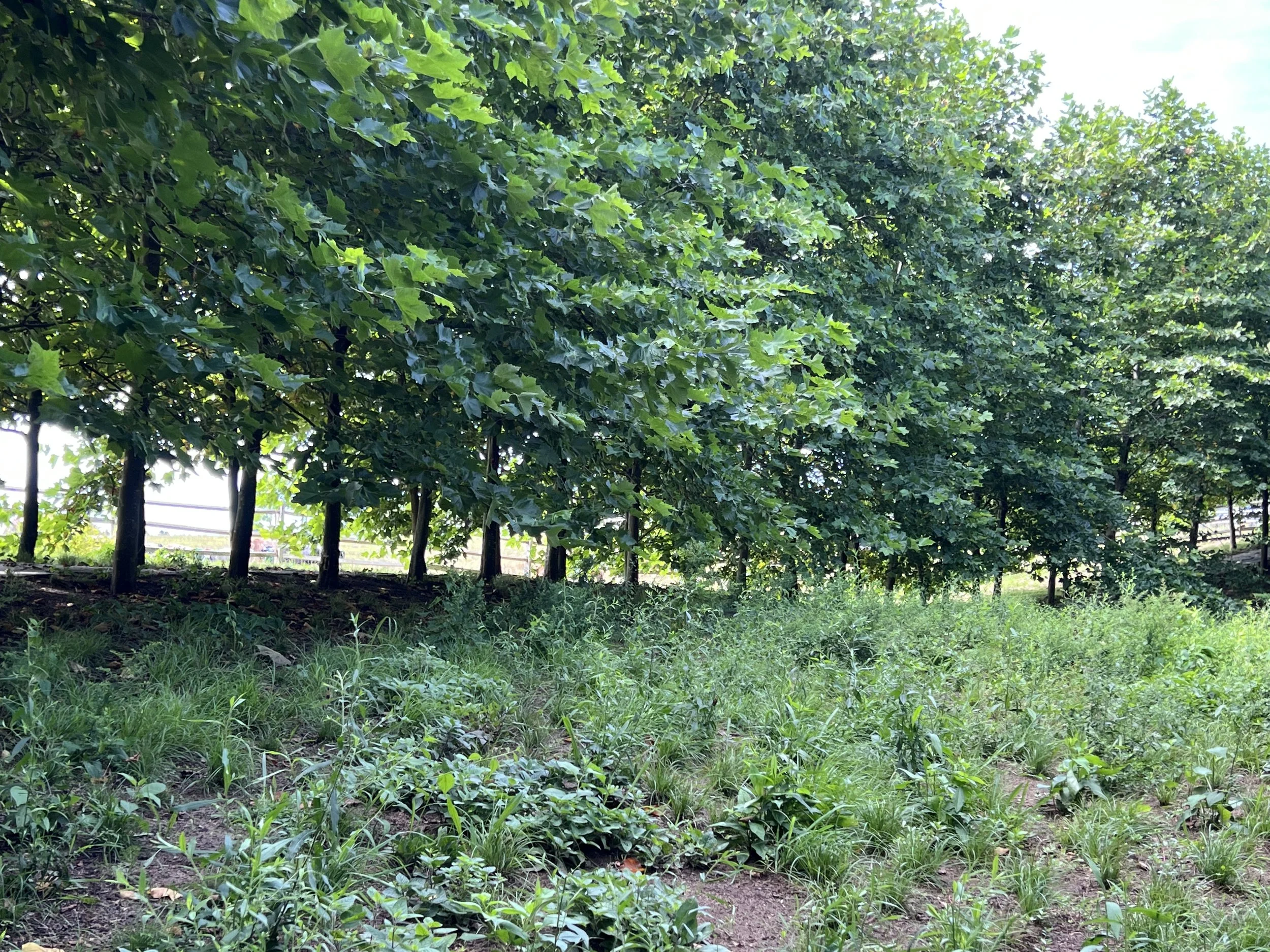


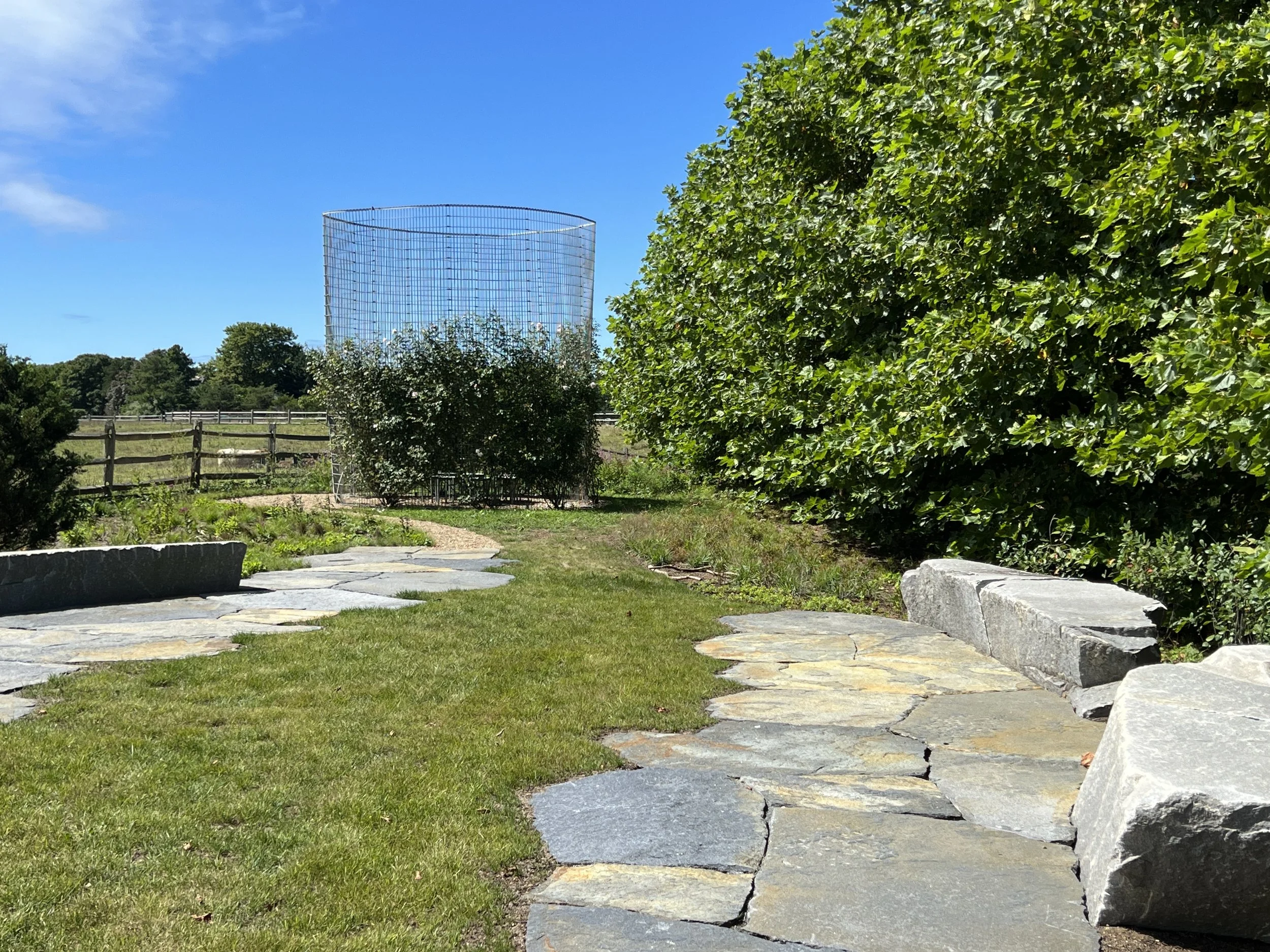
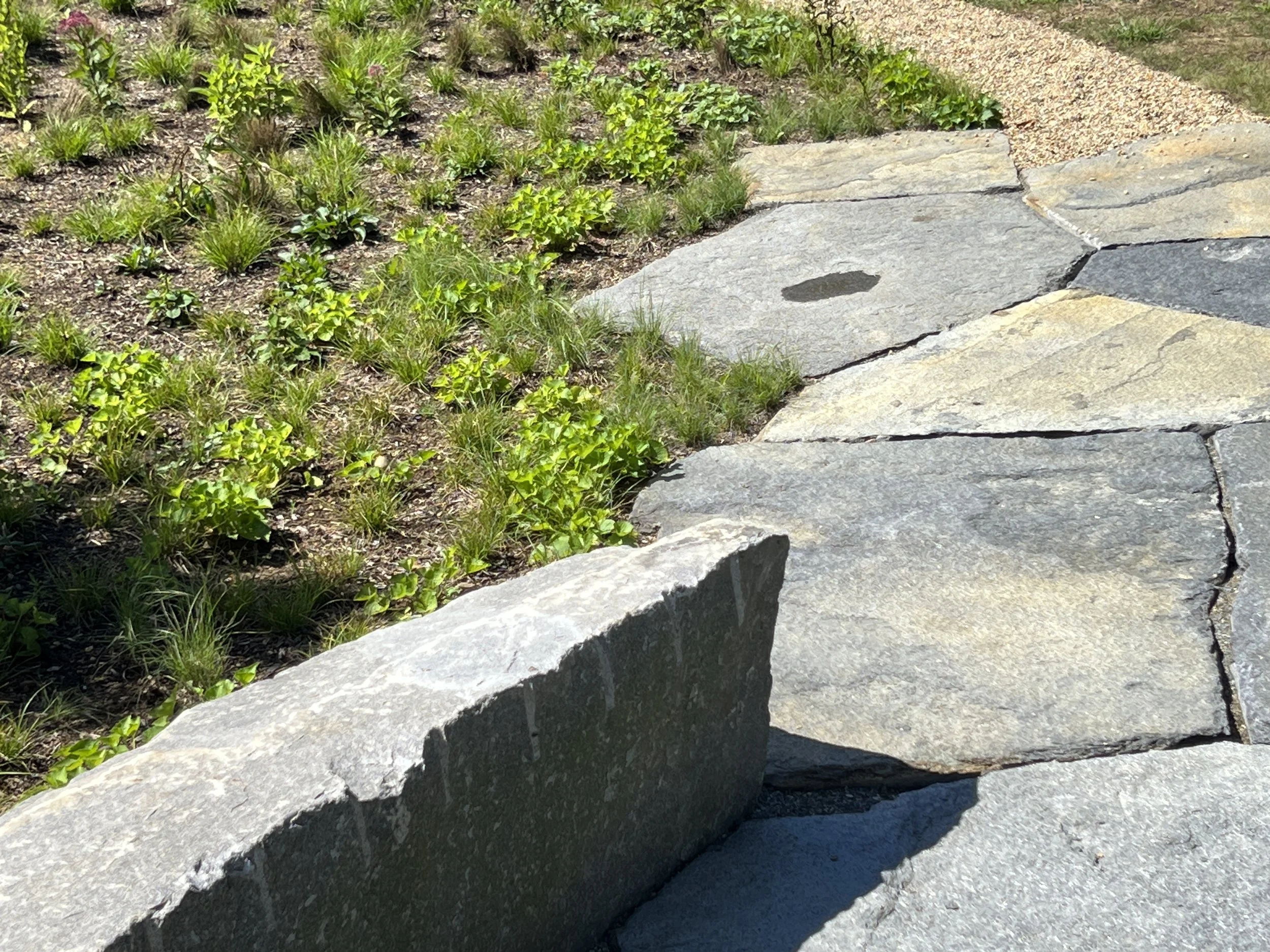

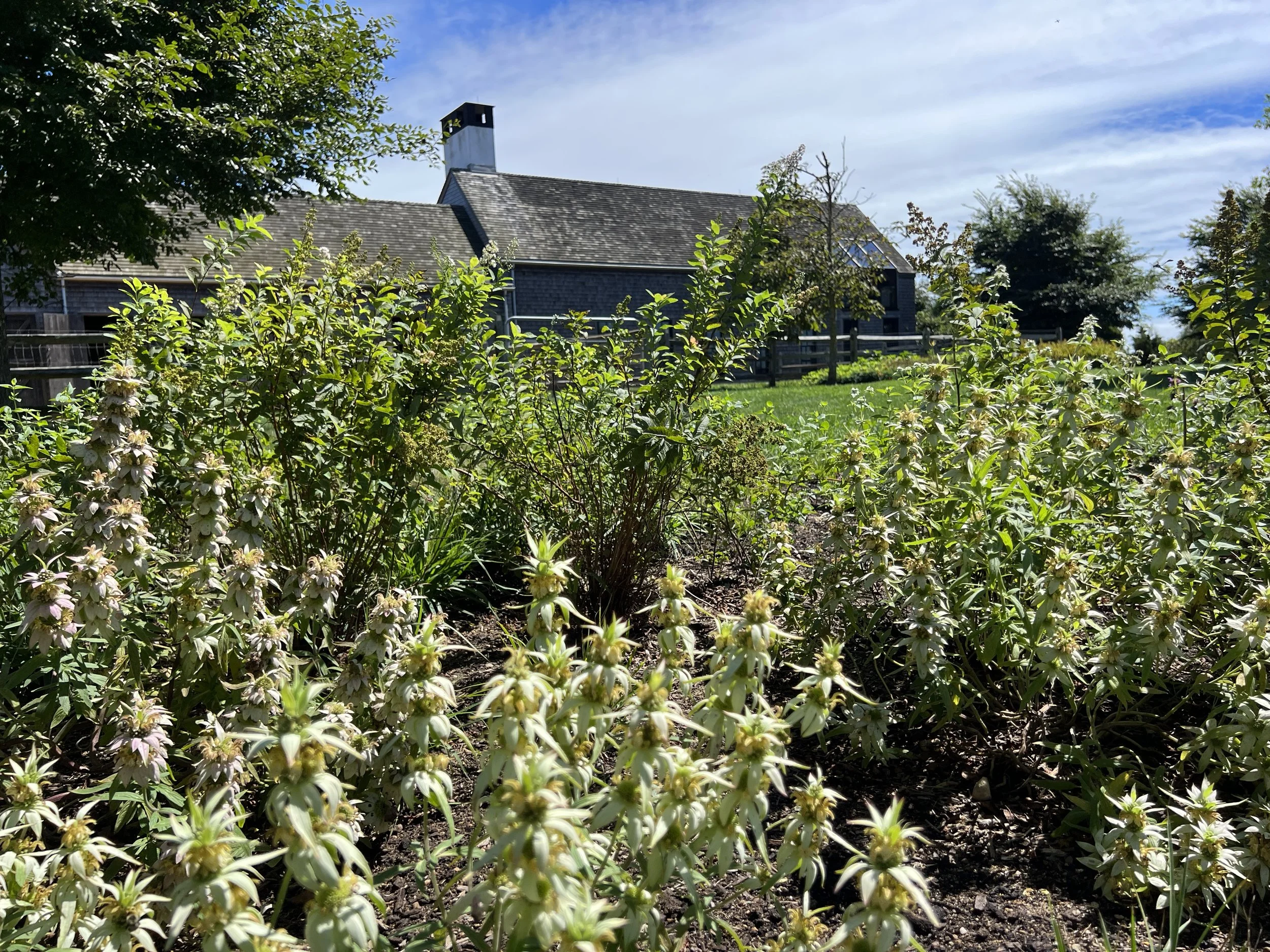
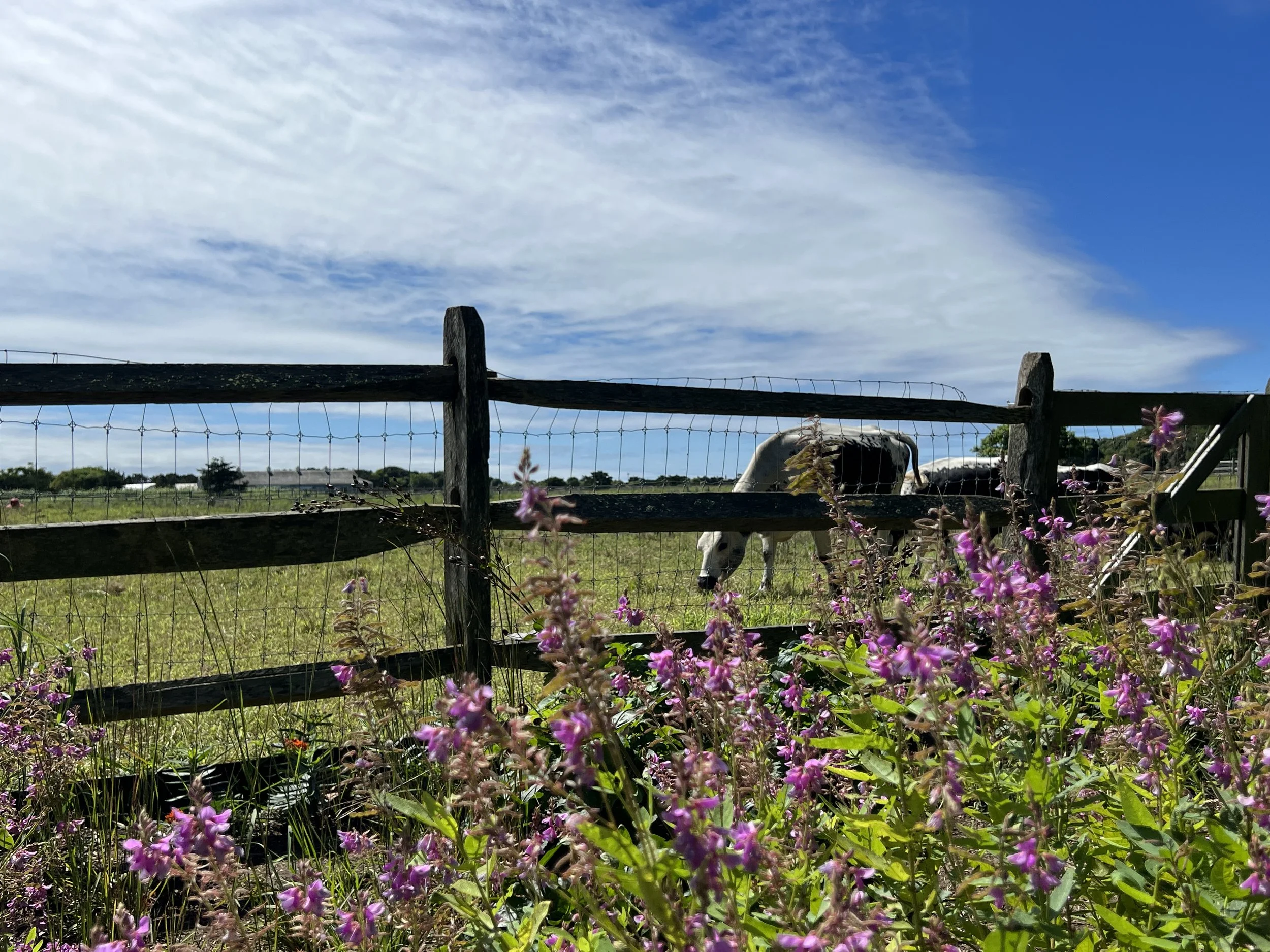



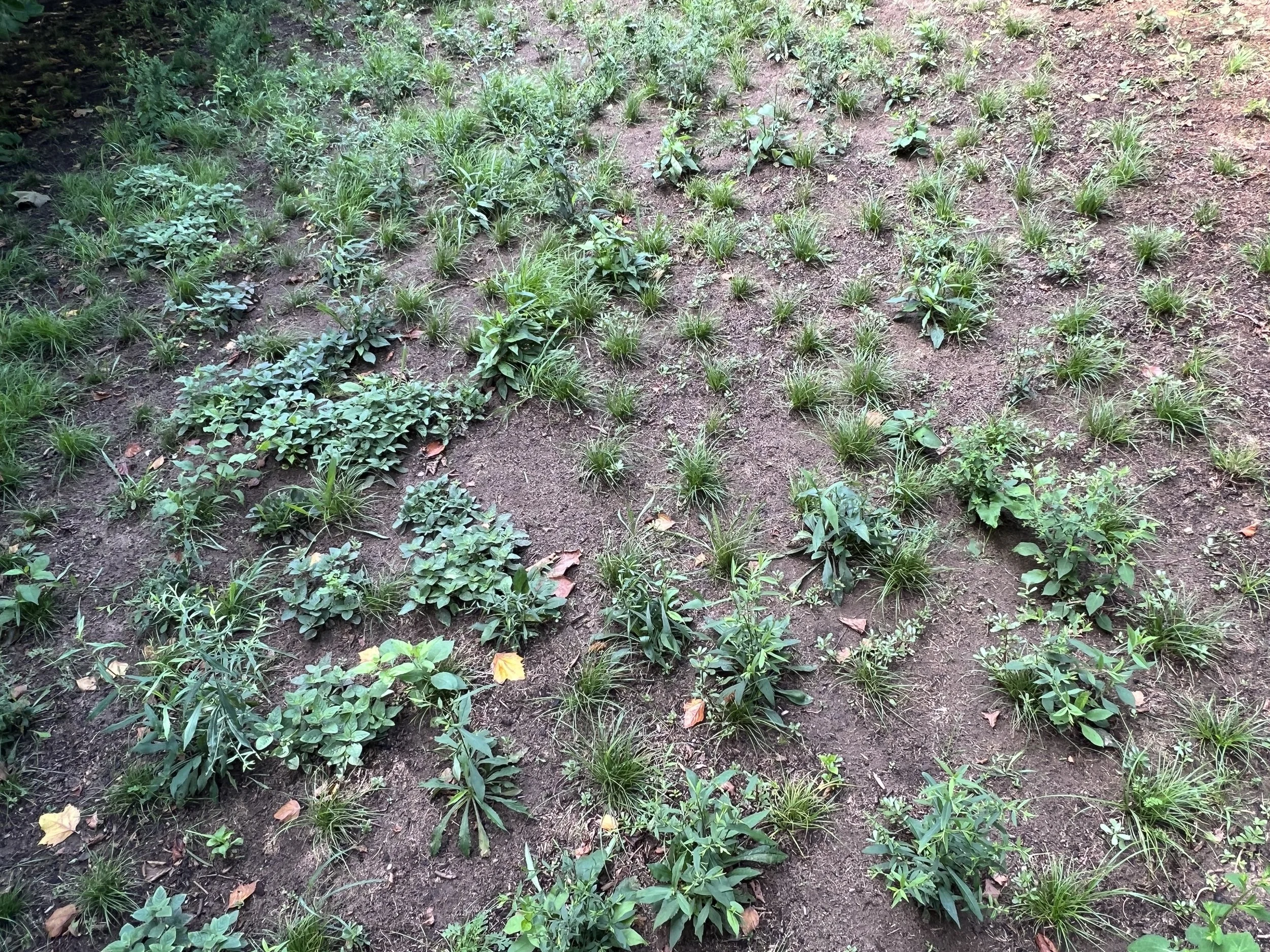
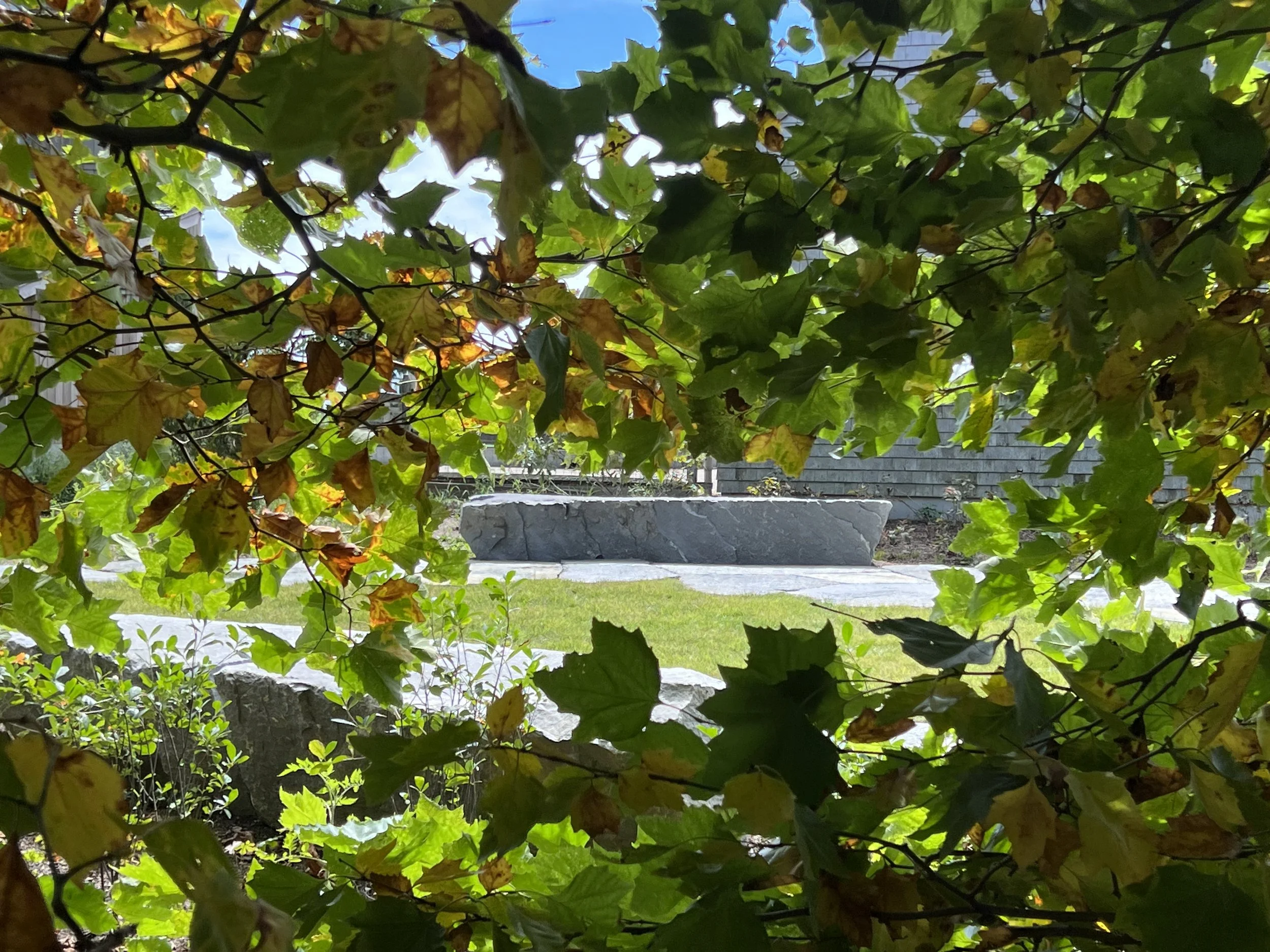
Designing Biodiversity at slough farm
For this non-profit farm, artist residency program and educational center on Martha’s Vineyard, a no holds barred approach to detailed design at scale using unique native plant communities was key. In collaboration with MVVA Inc.






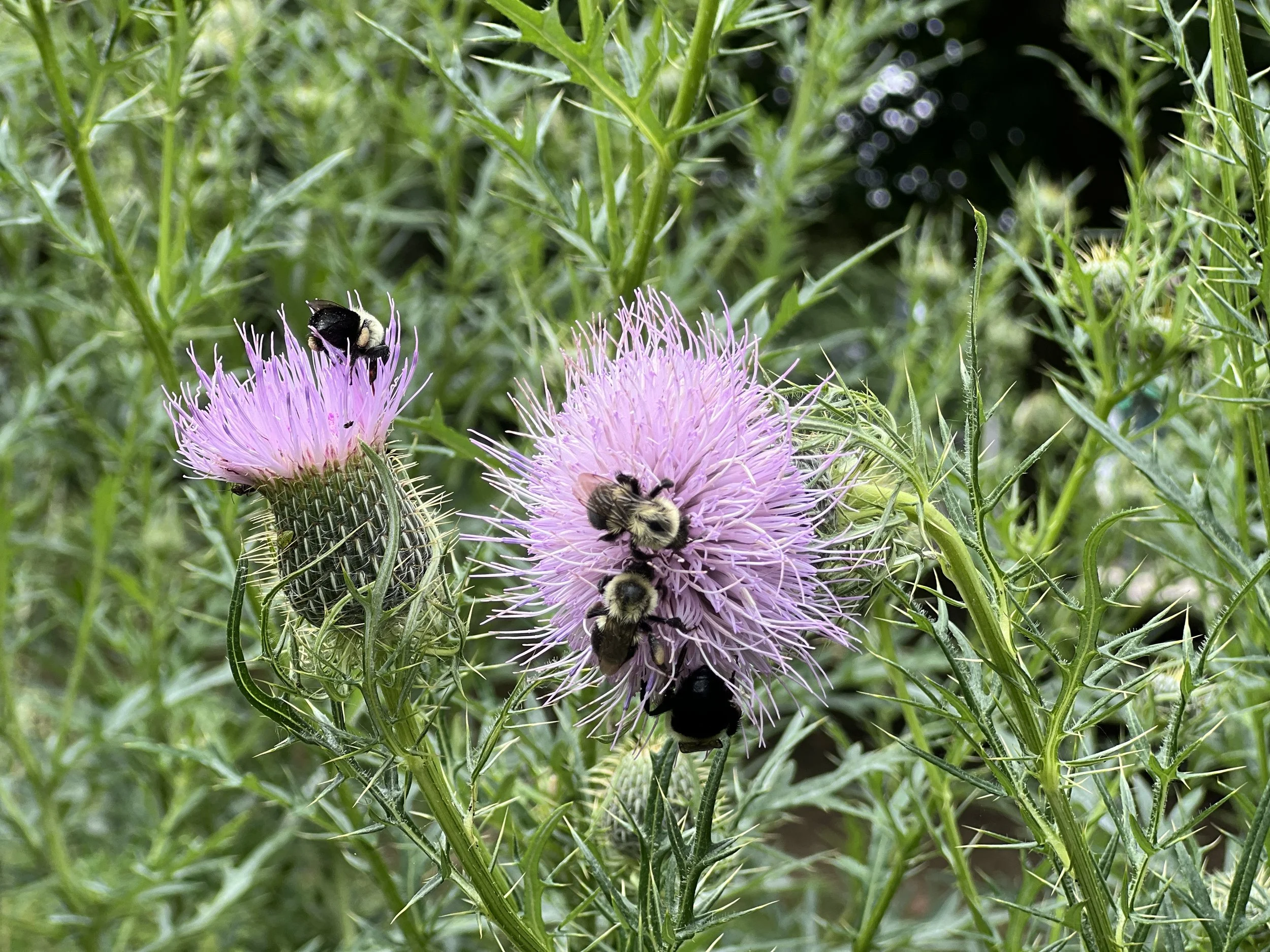






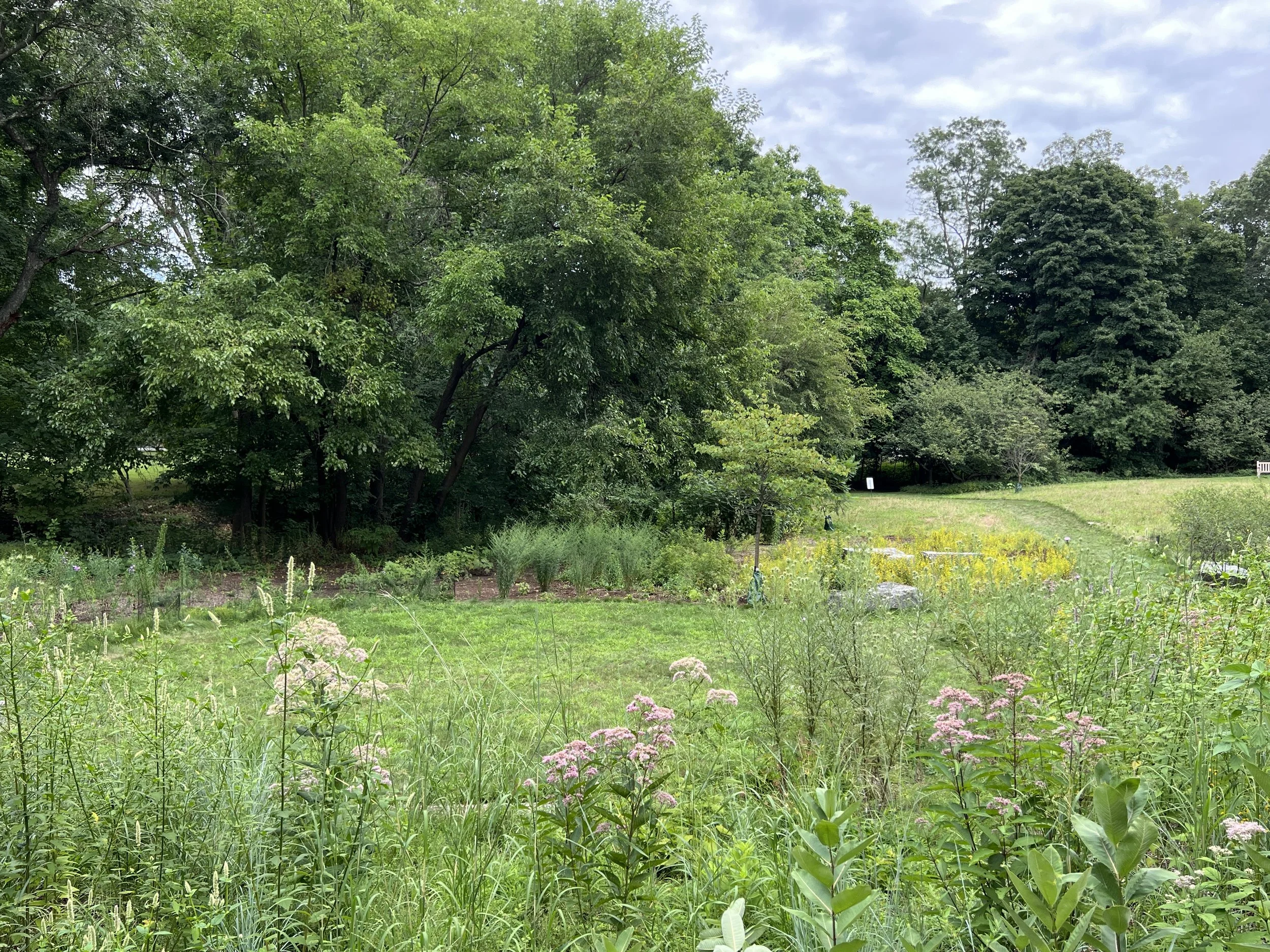
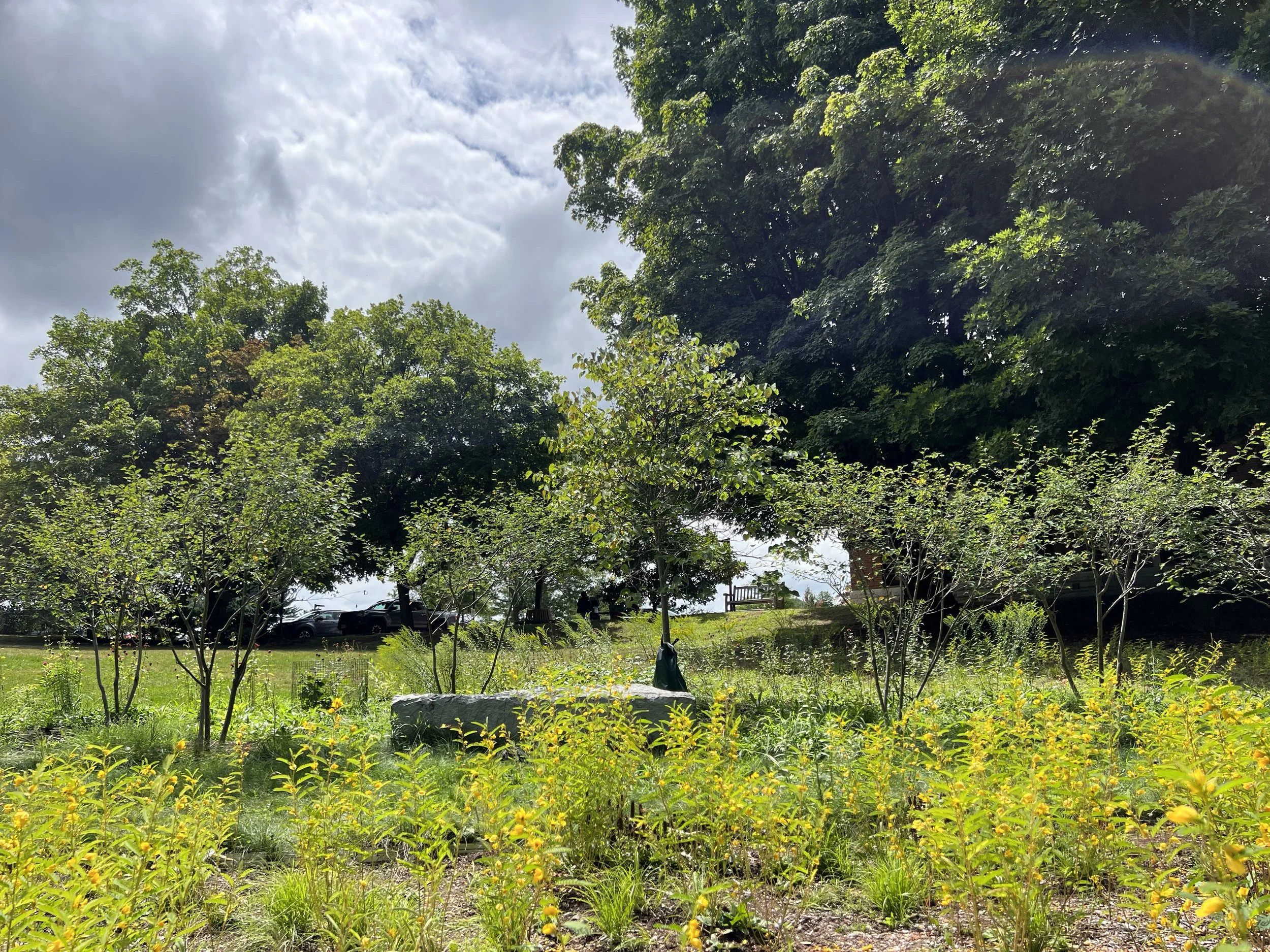

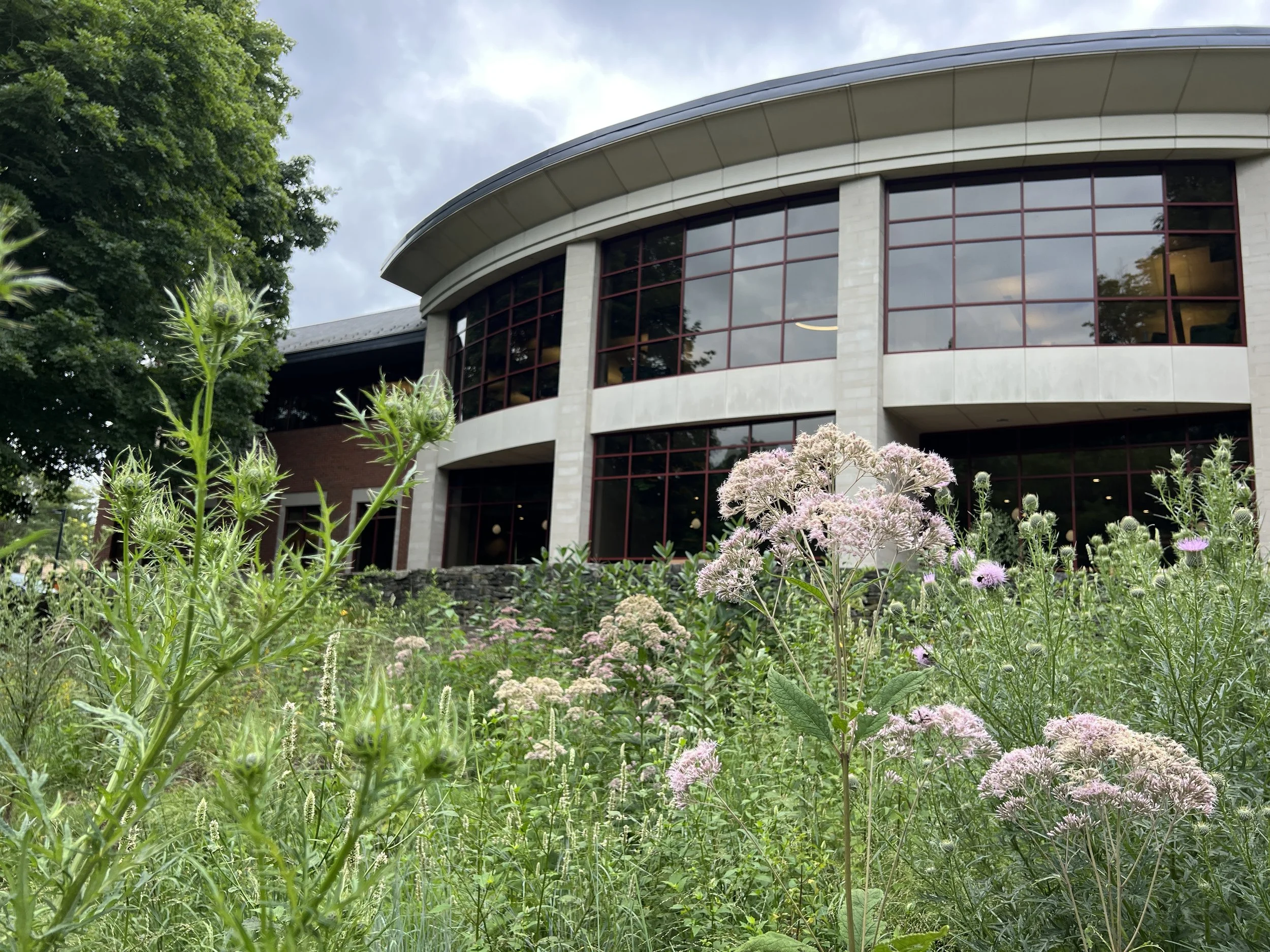
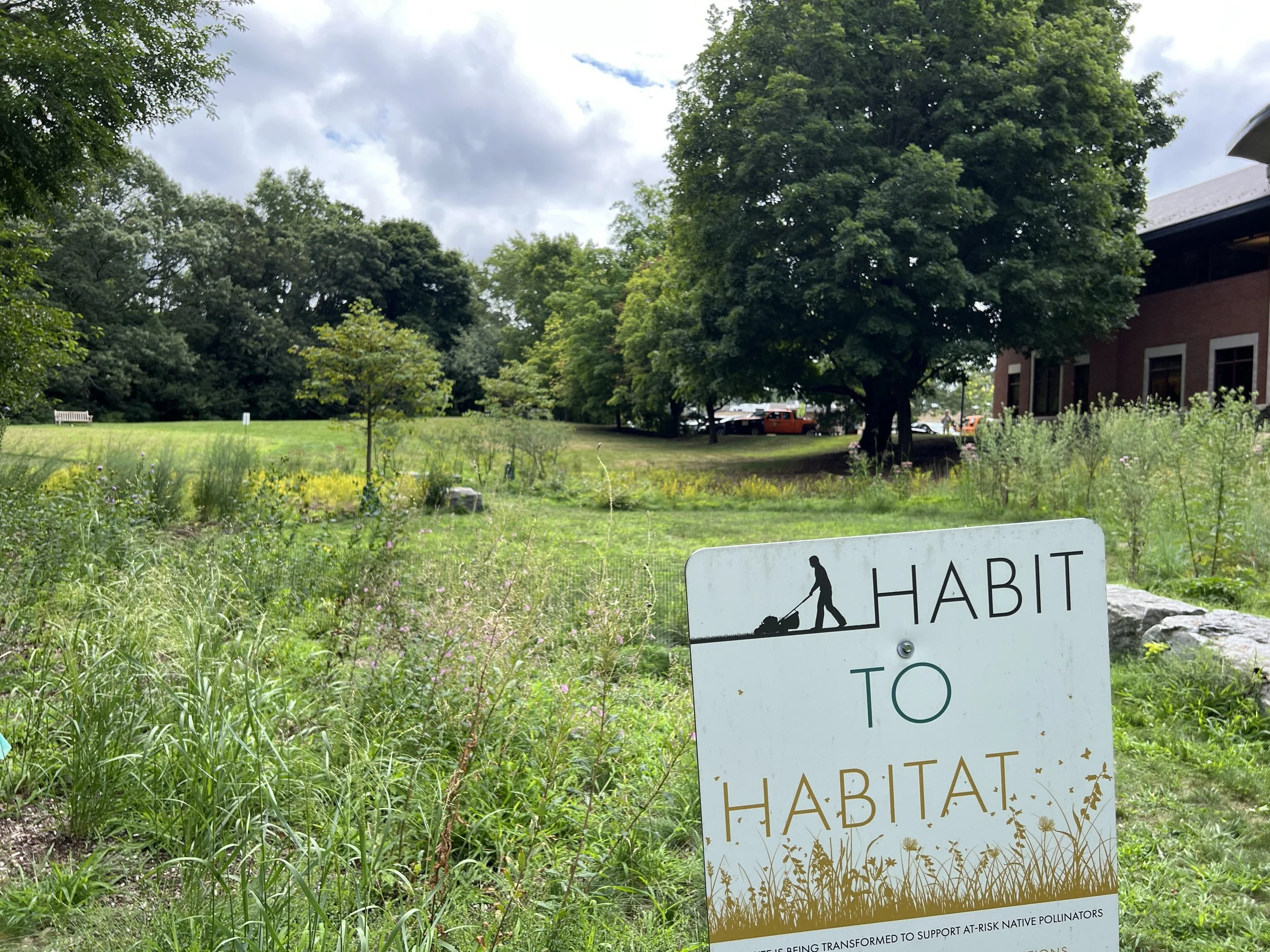
Habit to Habitat
Habit to Habitat is a case study for community-driven design to increase biodiversity and climate resilience. Between May and September 2023, Simons Park in Wellesley was transformed from a half-acre lawn into a functionally diverse habitat of over 4,000 native plants supporting 76 at-risk bee and butterfly species. The design features seven unique spaces, including a flowering grassland, bee and butterfly lawn, reading nook, meadow, woodland edge and circular gathering place, and was installed entirely by volunteers and town staff over the course of two weekends.
Ongoing data collection will demonstrate the before-and-after impacts of the design on pollinator species richness, diversity and abundance. Preliminary data collected before landscape intervention found not a single bee or butterfly on site over the course of three survey periods.
















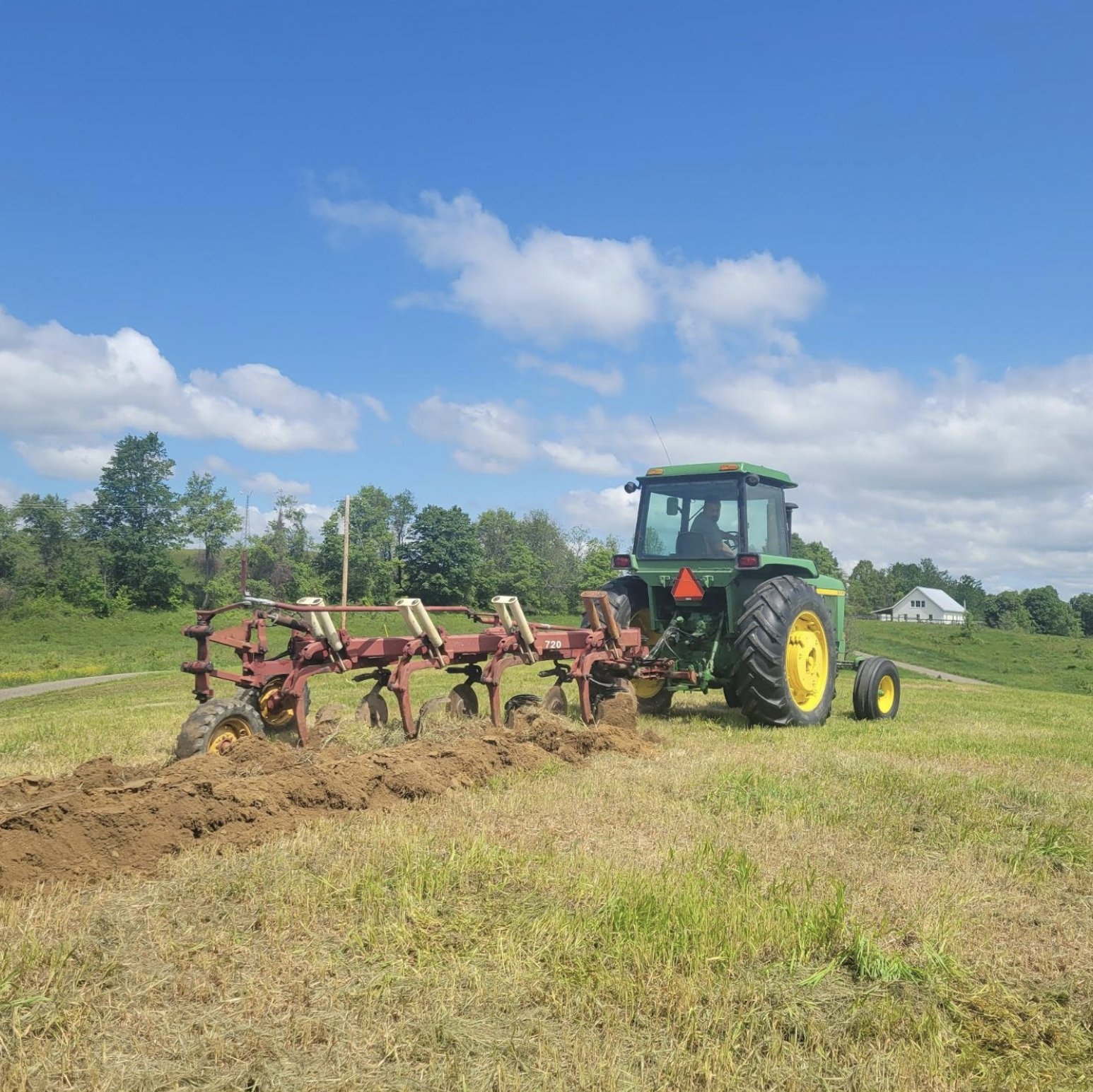












Pollinate Now
Pollinate Now is a bioregional strategy for habitat restoration in the Hudson Valley as well as a roadmap for biodiversity and ecological resilience in New York State.
Built by community and based on science, this regional plan targets at-risk native bees, butterflies and moths in the Hudson River Estuary watershed, and offers a range of scalable, replicable landscape designs to support these threatened pollinators with the plants and conditions they need to survive.










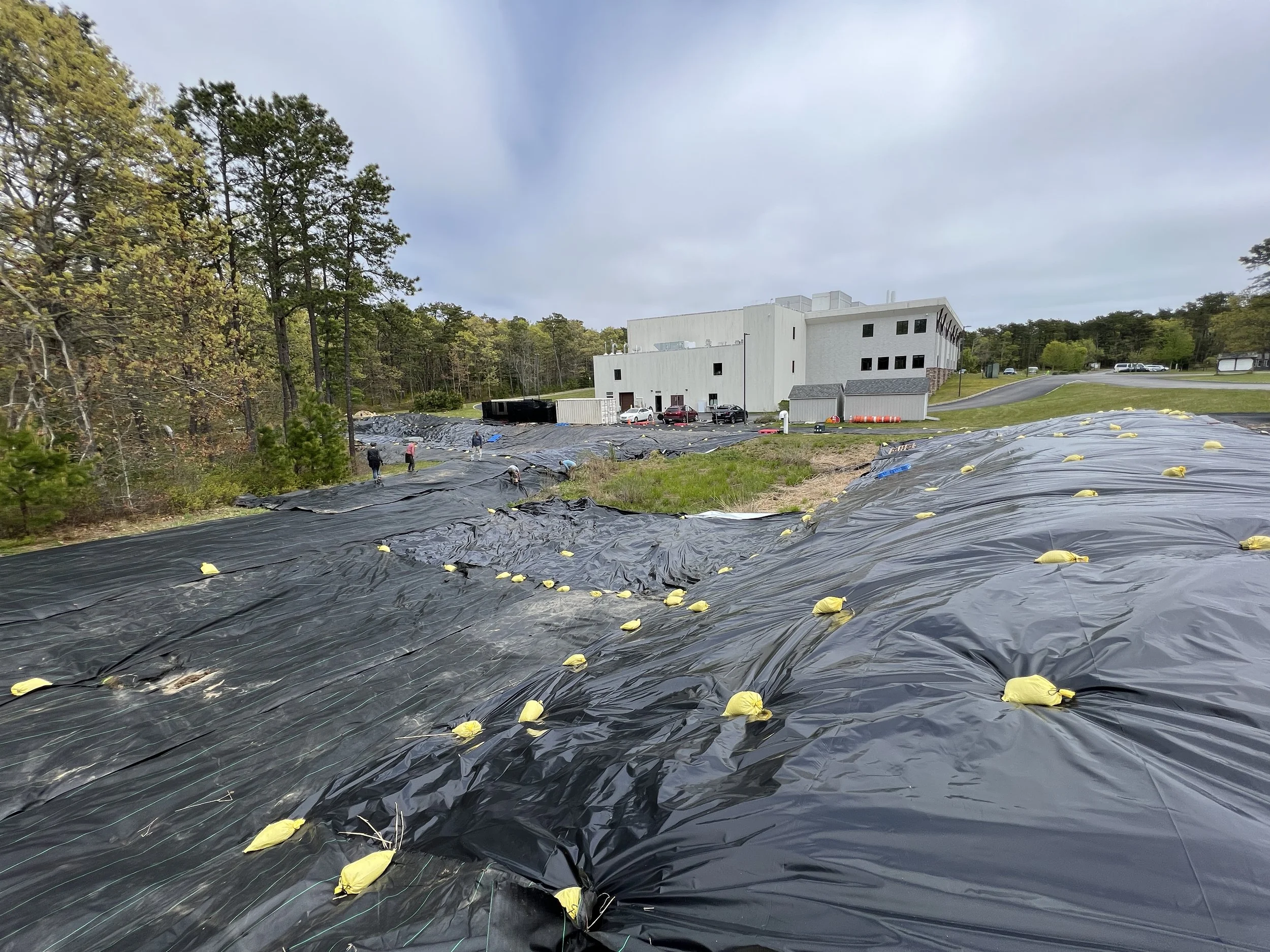


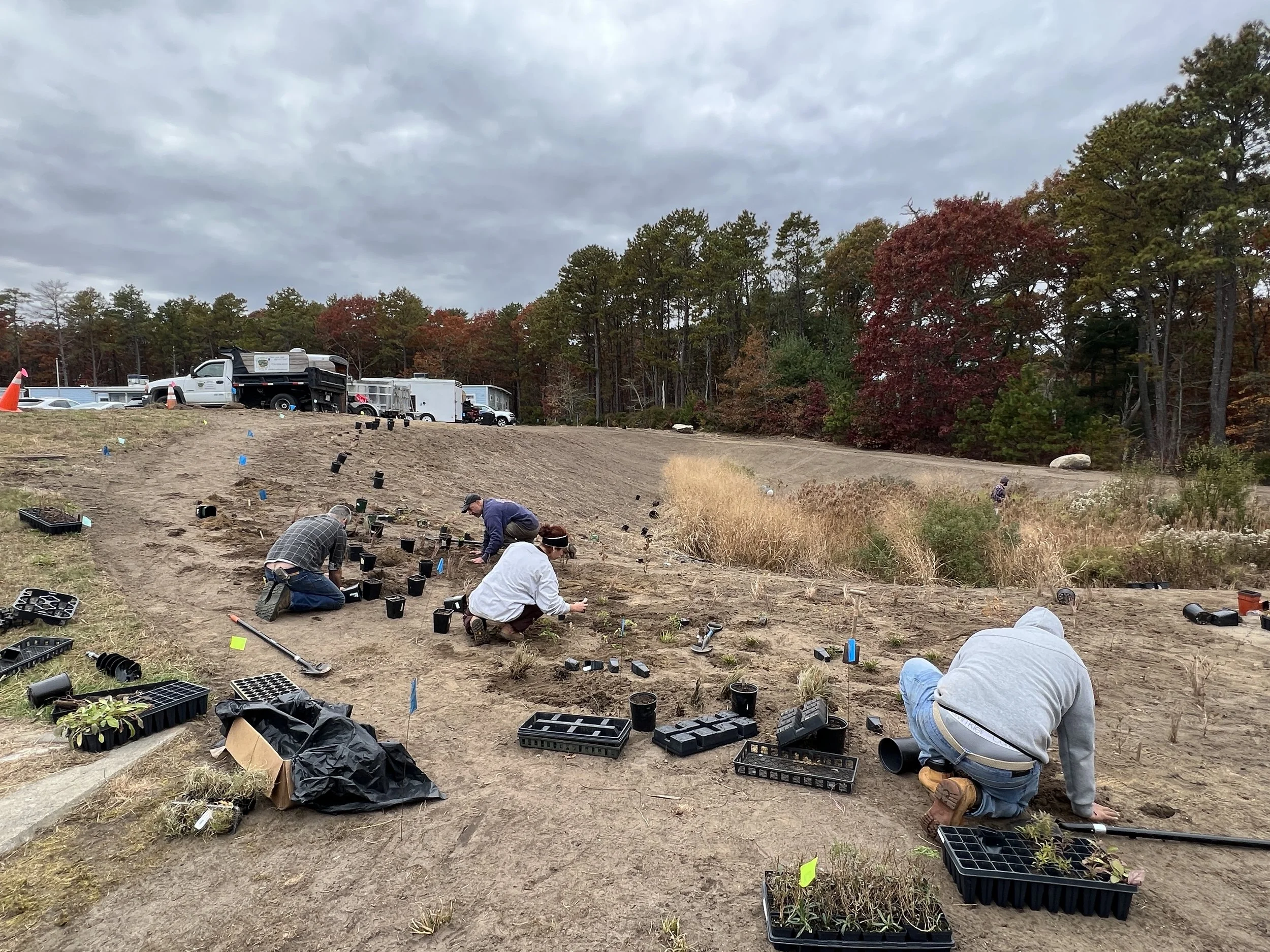
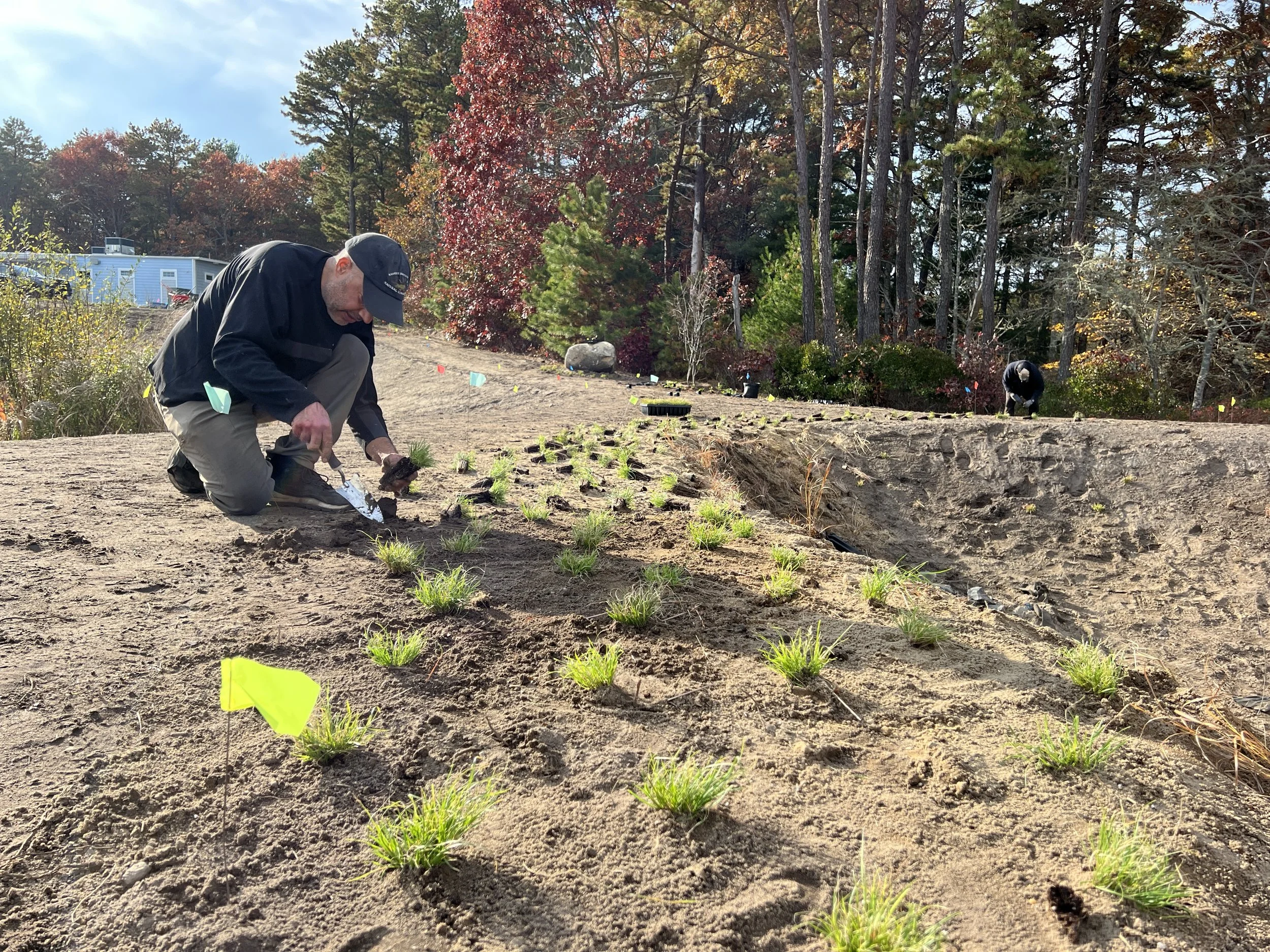
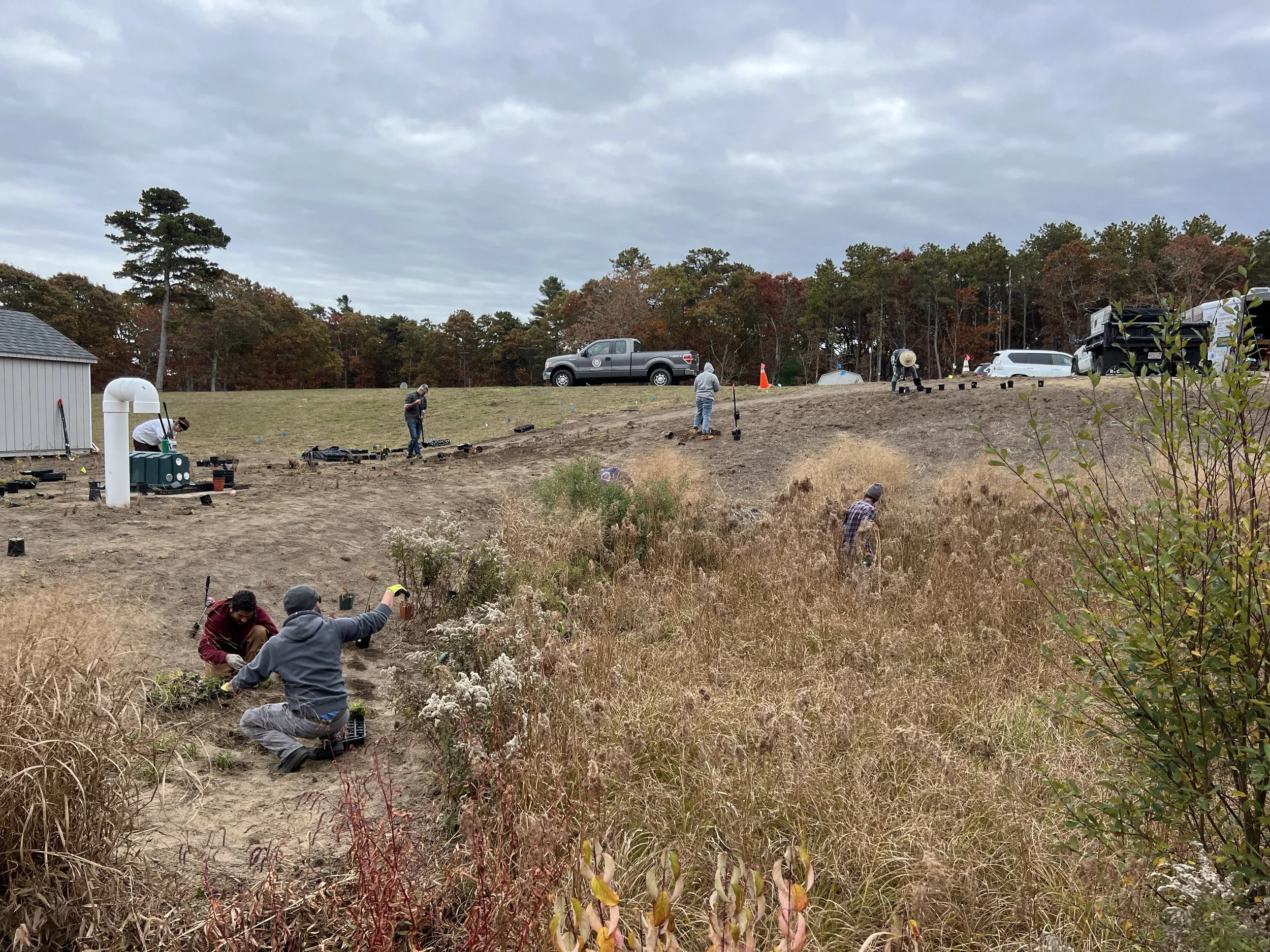


Biodiversity in the first light
A collaboration with the Mashpee Wampanoag Tribe, the People of the First Light, this green infrastructure design for two stormwater basins creates a half-acre community education and gathering space behind the Mashpee Wampanoag Tribe Community and Government Center on Cape Cod. The design prioritizes plants of high value for both at-risk native pollinators and cultural uses significant to the Tribe. By demonstrating a range of approaches to habitat creation, the site will serve as a standard for climate-resilient land management in harmony with cultural preservation.


